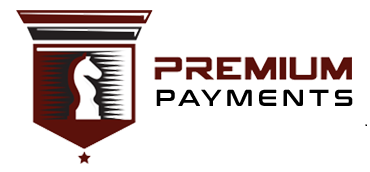ACH billing and payments are gaining prominence. According to the National Automated Clearing House Association, the ACH network volume increased up to 6% in quarter 1 of 2019 compared to quarter 1 of 2018. This goes to say that the time is ripe for you to implement ACH billing on your website. If you do not know much about ACH payment processing for a small business and are struggling to do so, this article gives you a better understanding of what ACH is and how you can set it up for your business.
Setting Up ACH Billing
Listed below are five key things to be aware of before processing ACH:
- ACH Payment Processing Is Cheaper
The good thing is that ACH billing is cheaper compared to credit card transactions that demand a certain percentage per transaction fee. When you opt for ACH billing, you pay a flat fee regardless of the total sum. Let us assume your average check amount is $100. A credit card transaction fee will cost you 2.9% plus 30 cents. Therefore, when a client purchases your product via the visa network, you will pay $3.20 plus 30 cents to a PST and can pocket the rest, which would be $96.8. In ACH billing, you pay a flat fee of $0.60 to the PSP and keep $99.6. While this may not seem like an impressive saving, you will see the difference when your check amount increases. The larger your average electronic ACH check payment, the better your savings will be.
- It Takes Time to Process ACH Payments
It is important to remember that ACH billing takes time. While credit card payments generally get processed in three days, processing ACH can require up to five days. Therefore, it is important to bear this in mind to forecast your cash flow and predict the regularity of your future payouts.
- ACH Billing Is Different From Credit Card Payments
Though both credit card payments and ACH payments are from a client’s bank account, the form or mode of payment is markedly different. For example, when paying via a credit card, the customer enters his credit card details to validate the transaction. In ACH billing, on the other hand, the client lets you make a withdrawal from their bank account by providing you with their account number and routing number.
- Paying NTF Transactions
The system will check if an account exists at the routing number when processing a transaction. However, the system does not check if there are enough funds in the account to make a purchase. This can lead to NTF transactions, and the only way to prevent one is to set up a check guarantee that will cost you extra.
- ACH Transaction Fees Is Debited Besides Other Transaction Fees
You will need to find a PSP (Payment System Provider) that processes both credit card payments as well as ACH payments, else you may end up overpaying to use separate payment gateways, which is a waste of both time and money.
If you think your business will benefit from ACH payment processing services, or you have any unanswered questions, contact Premium Payments for more details. Call us today at (954)-934-9004 to speak with an expert.

